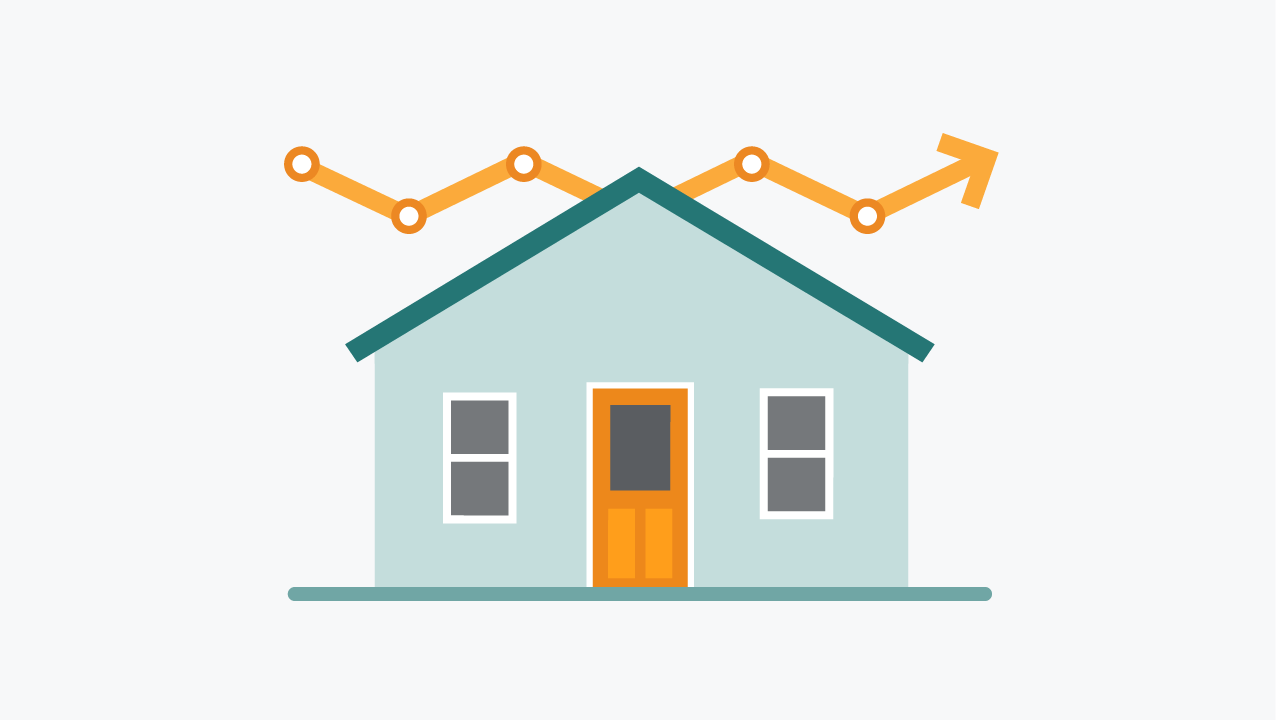Supervisory Highlights, Issue 37 (Winter 2024)
This is the 37th edition of Supervisory Highlights. This edition of Supervisory Highlights covers recent supervisory findings in the areas of deposits, furnishing, and short-term small dollar lending.

